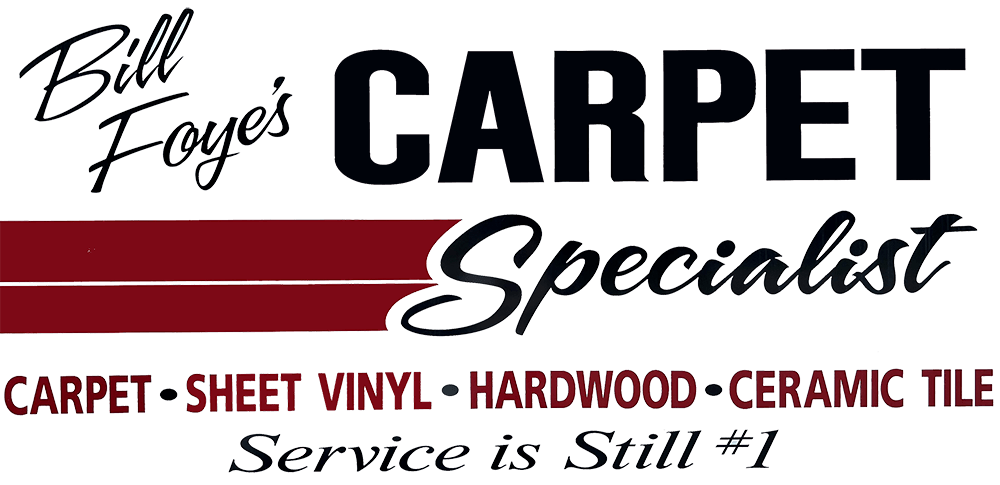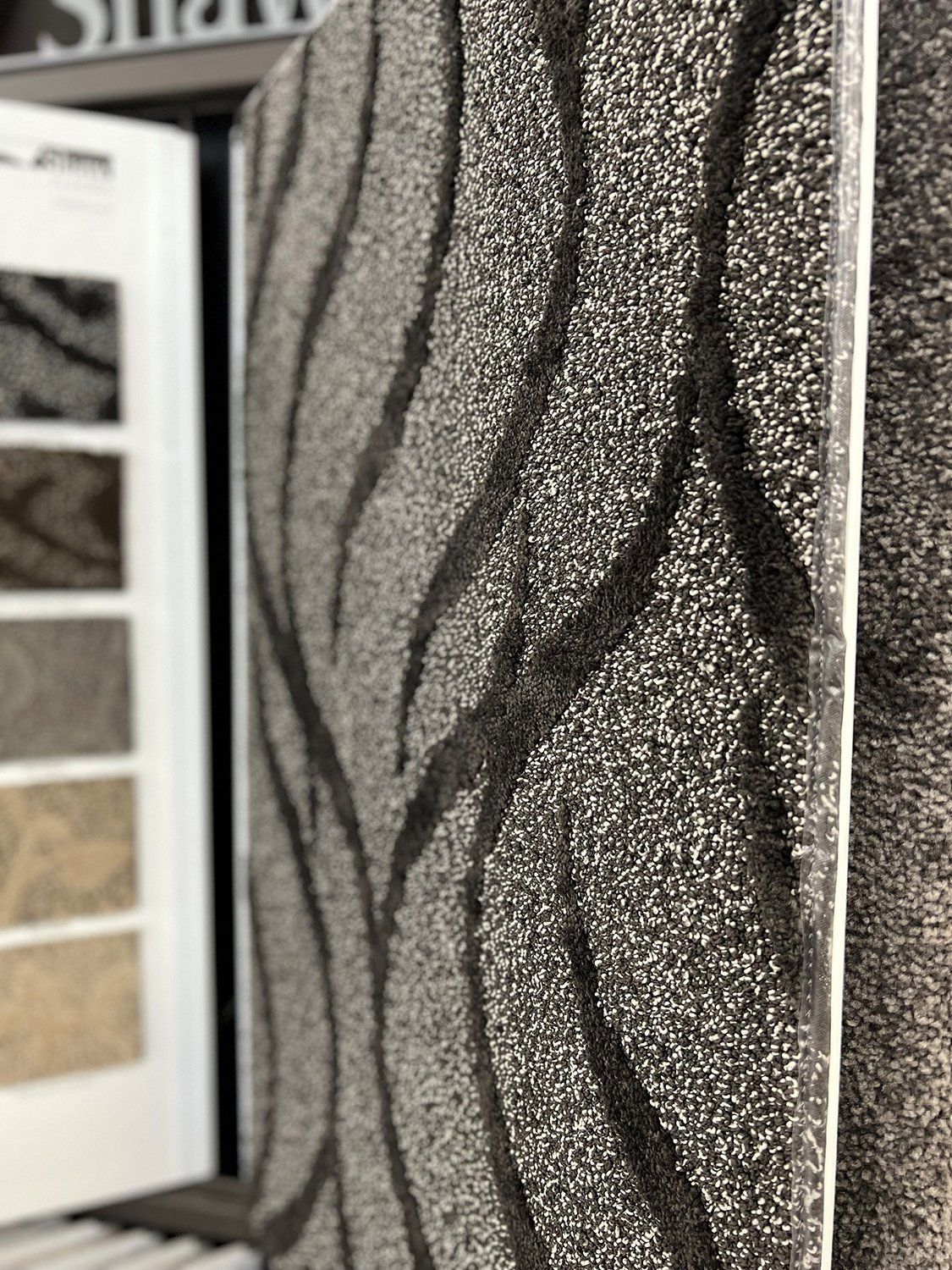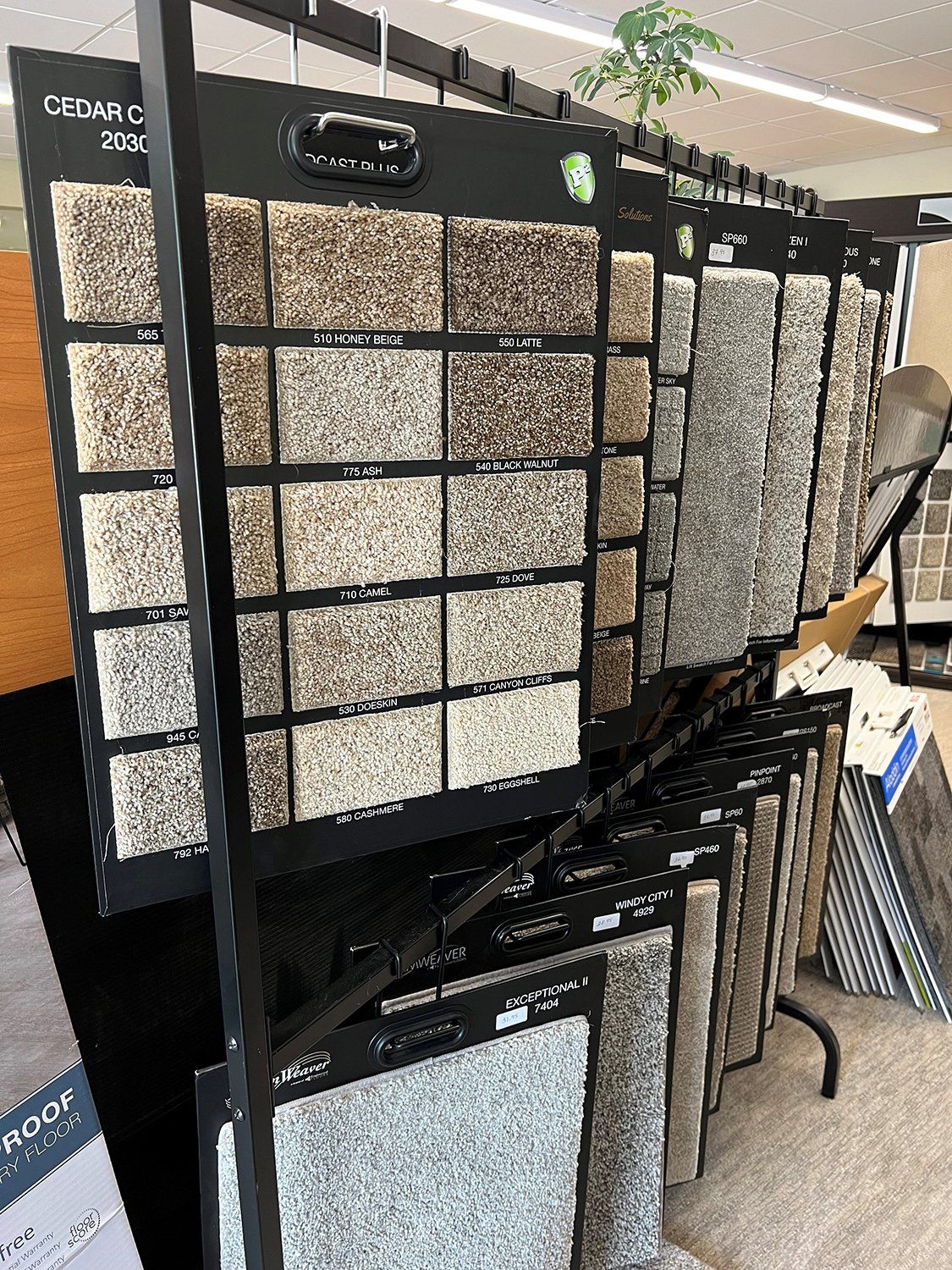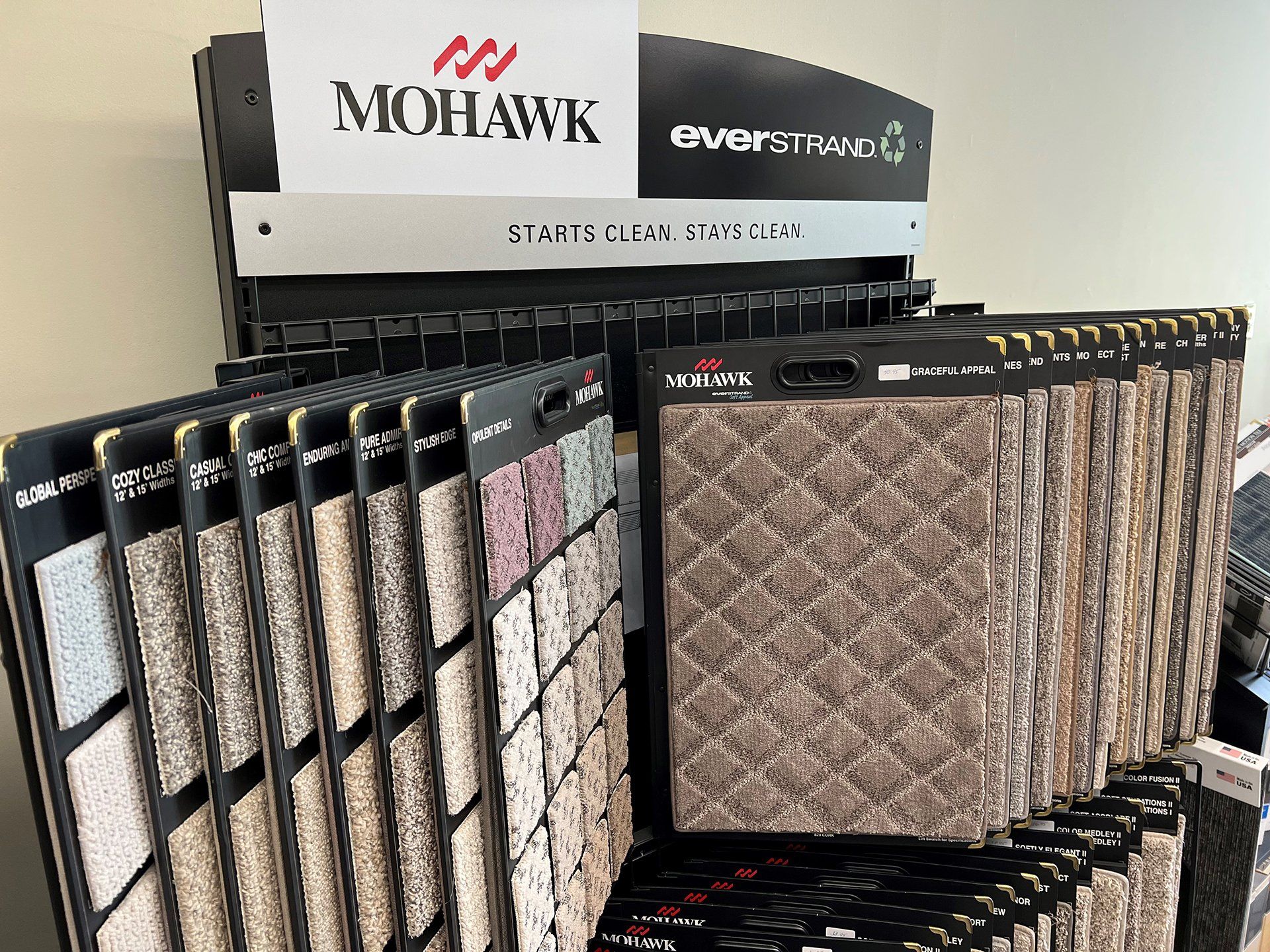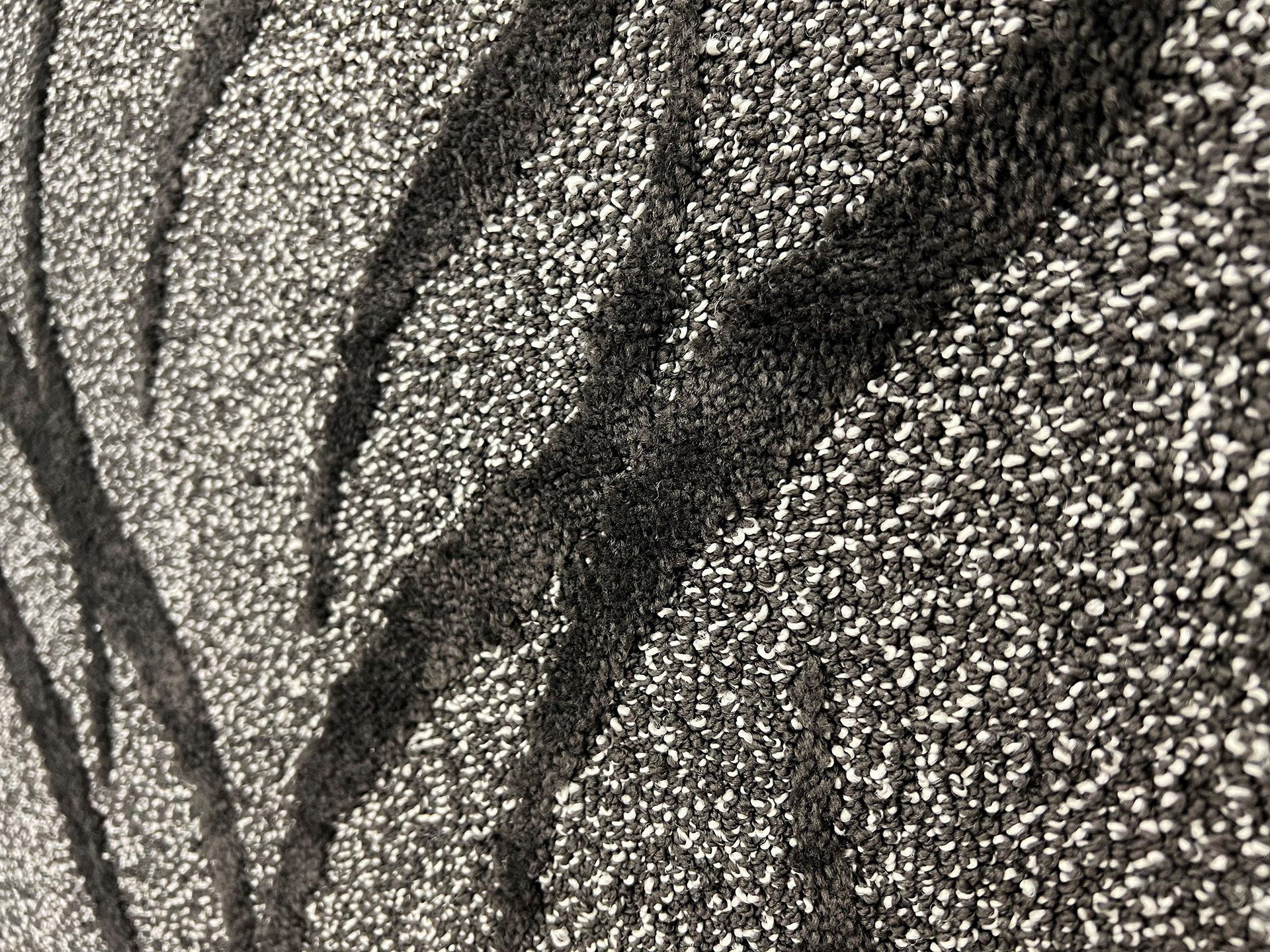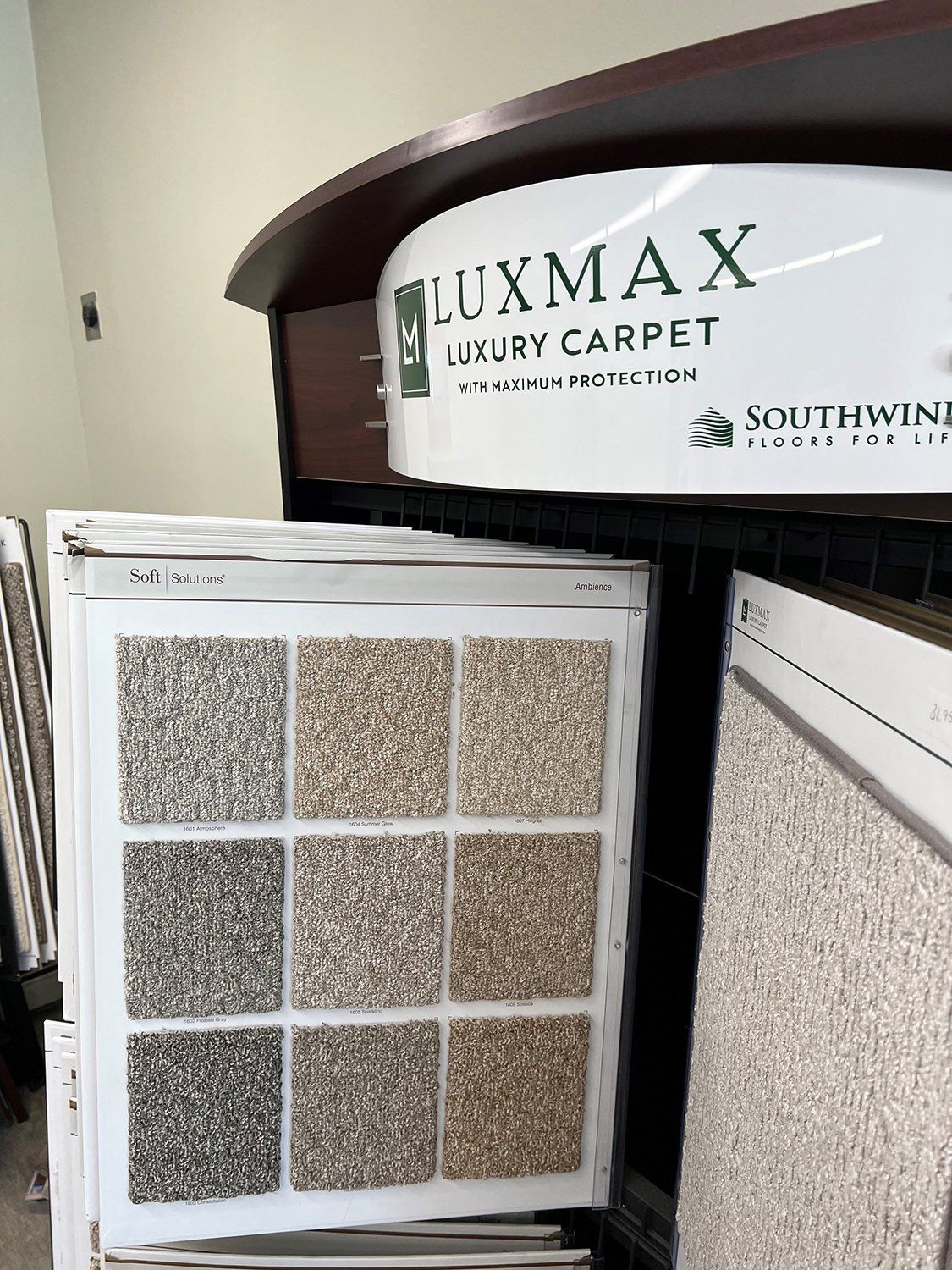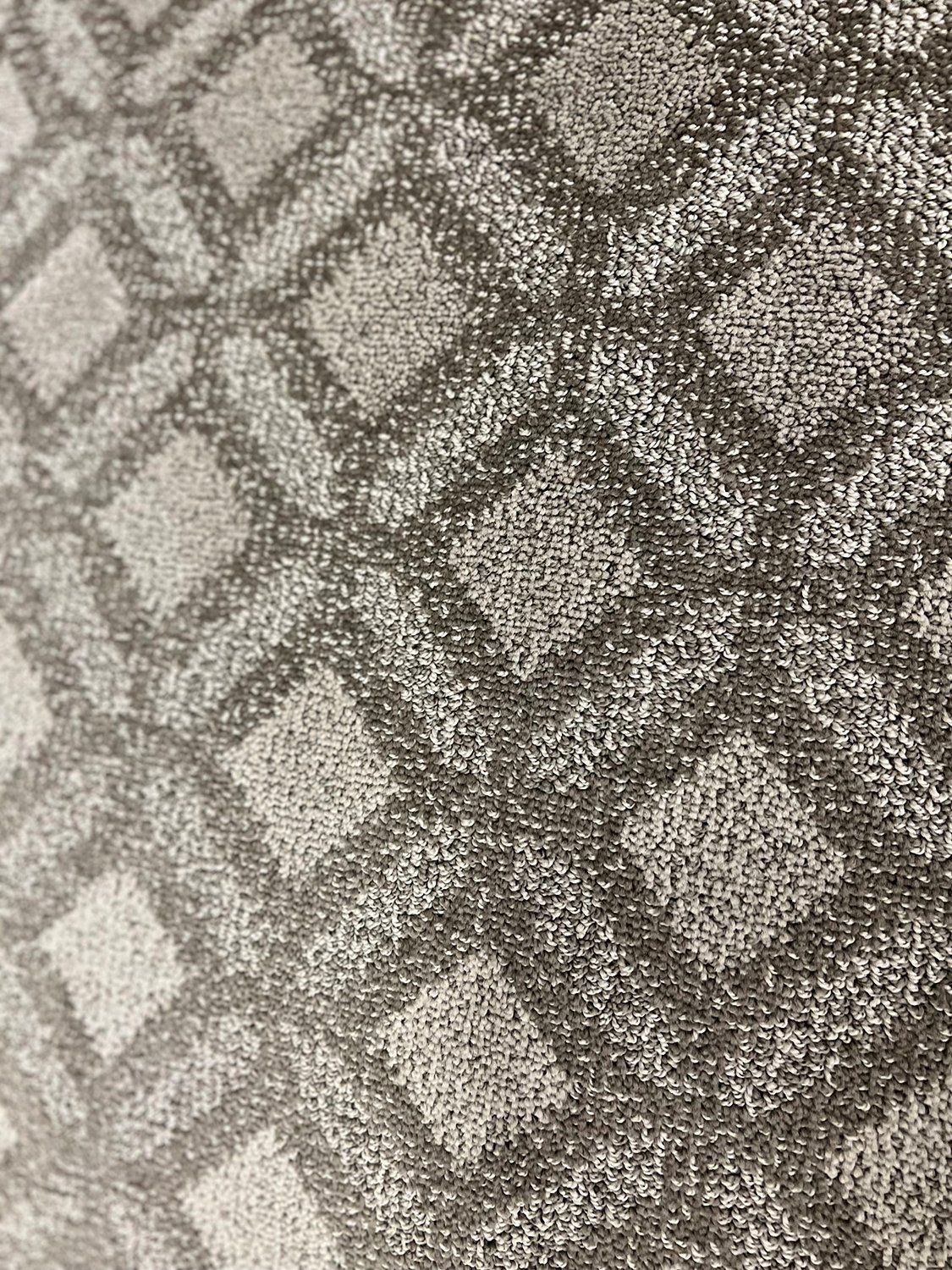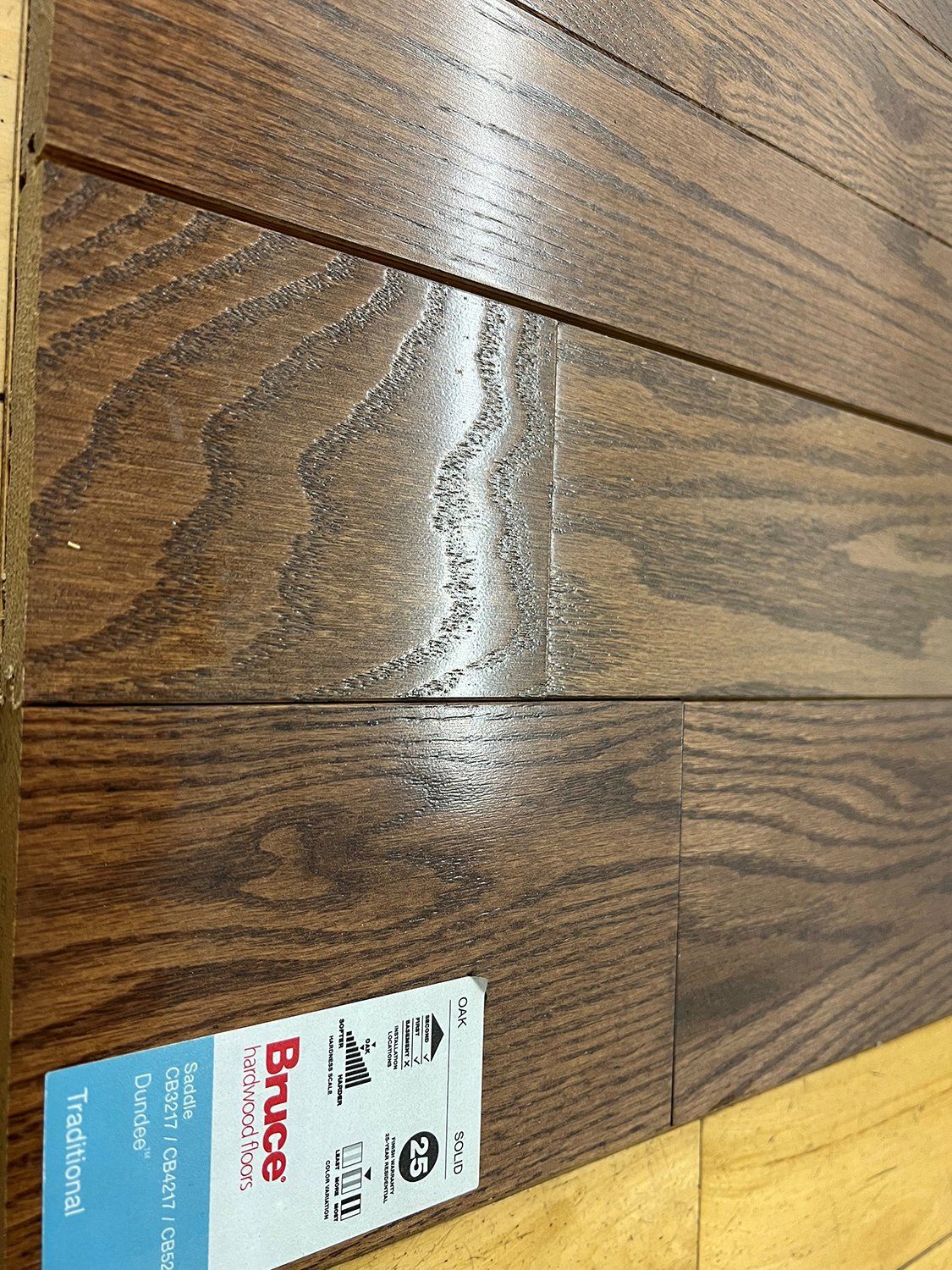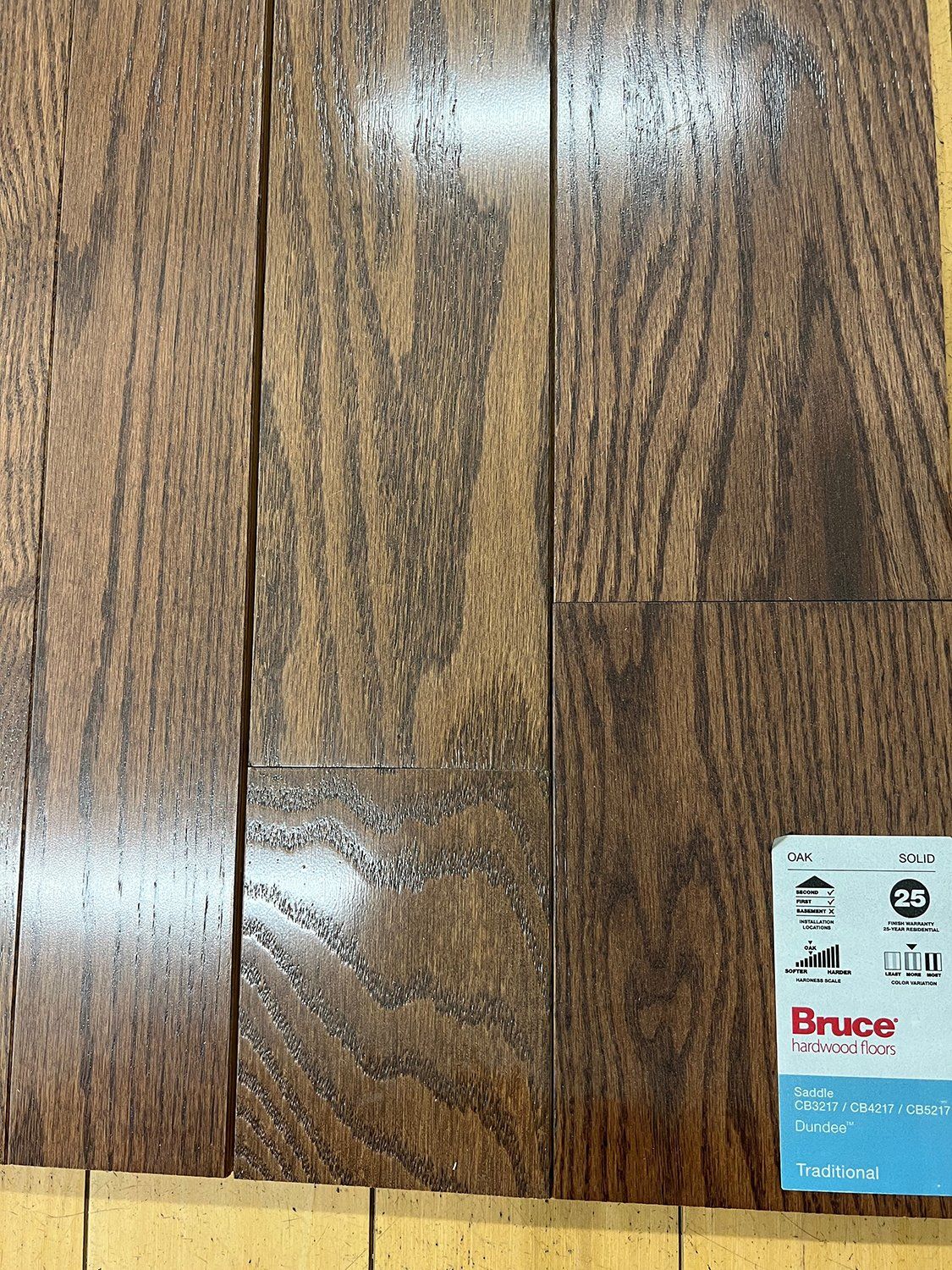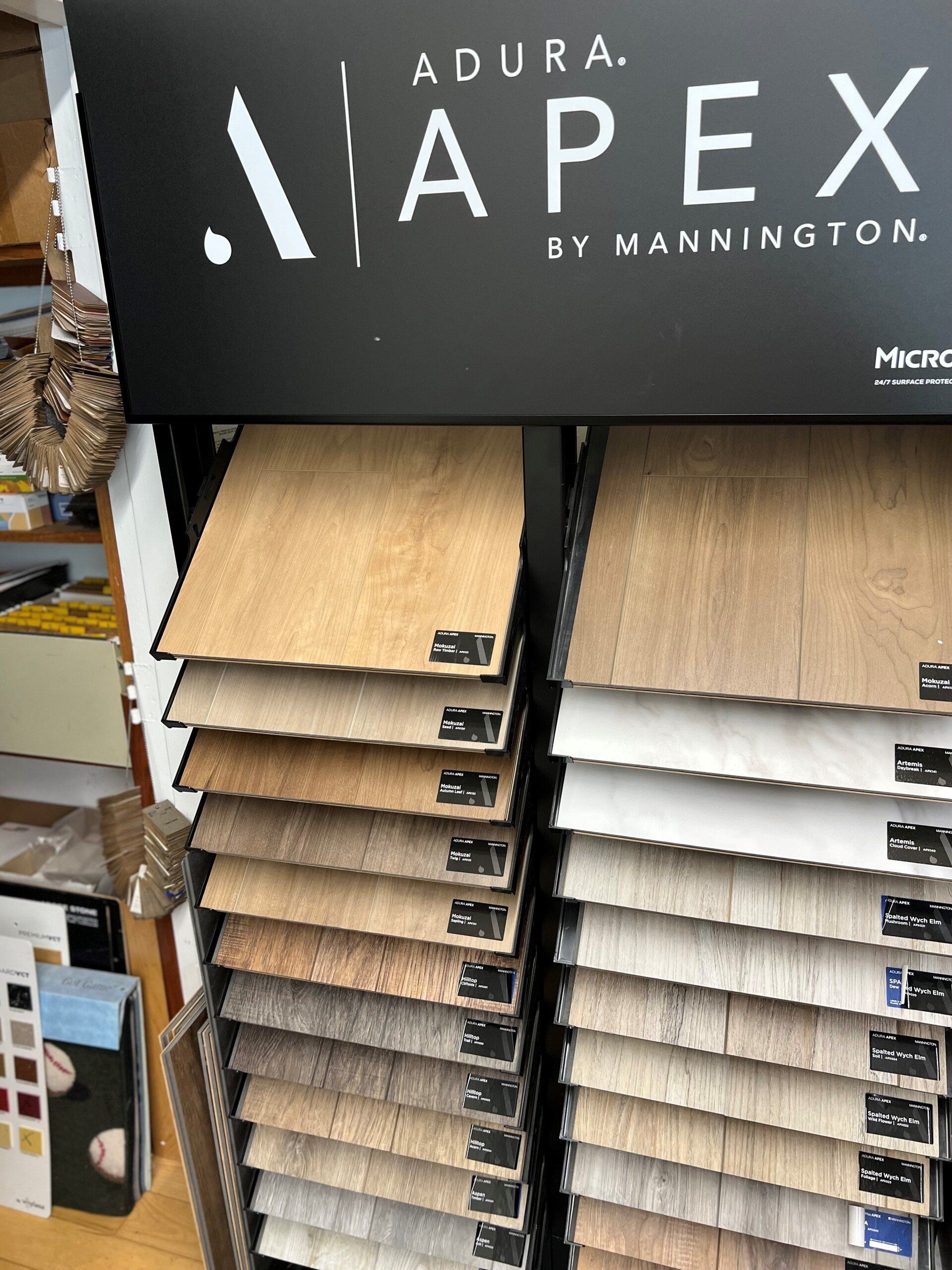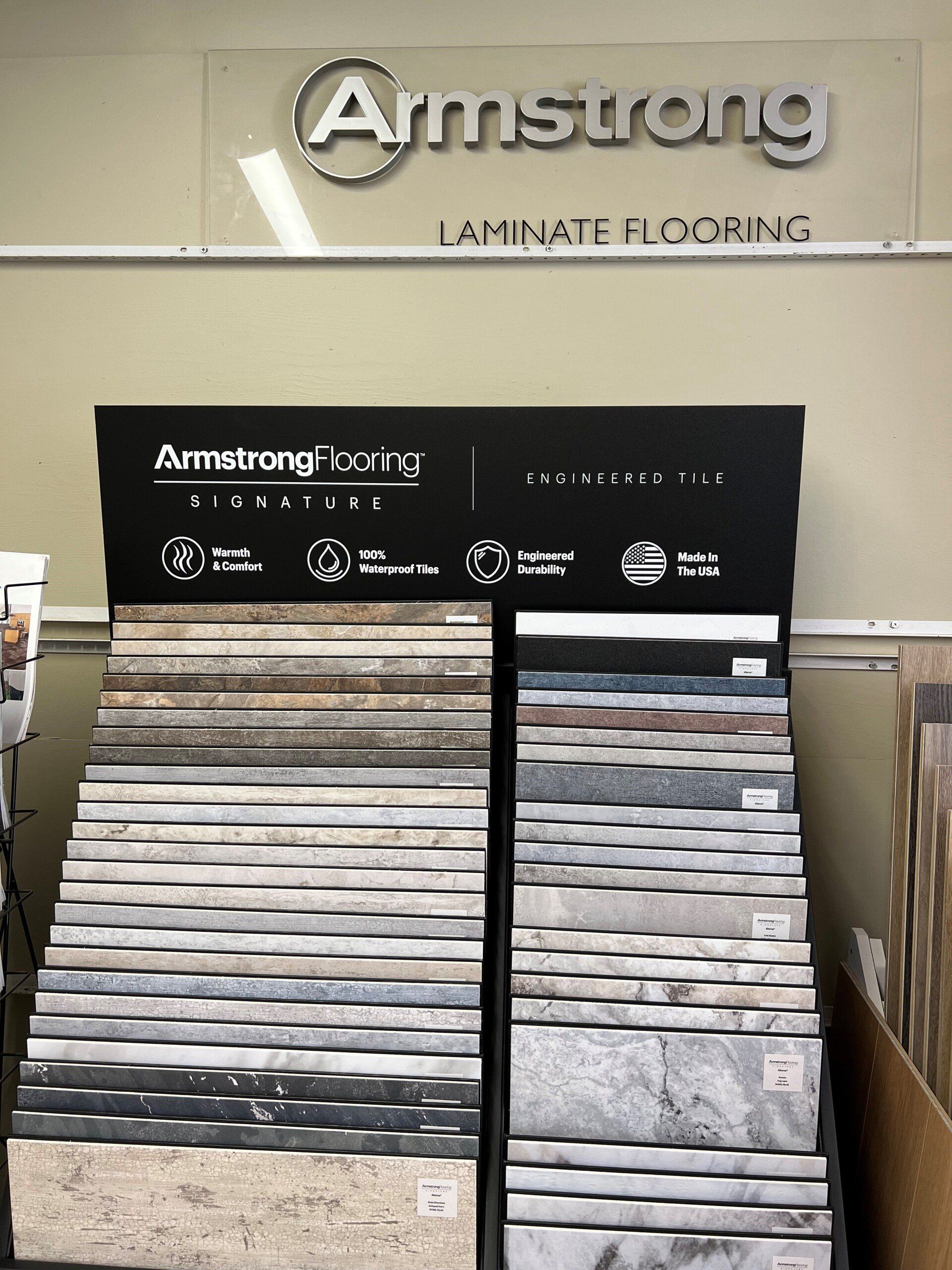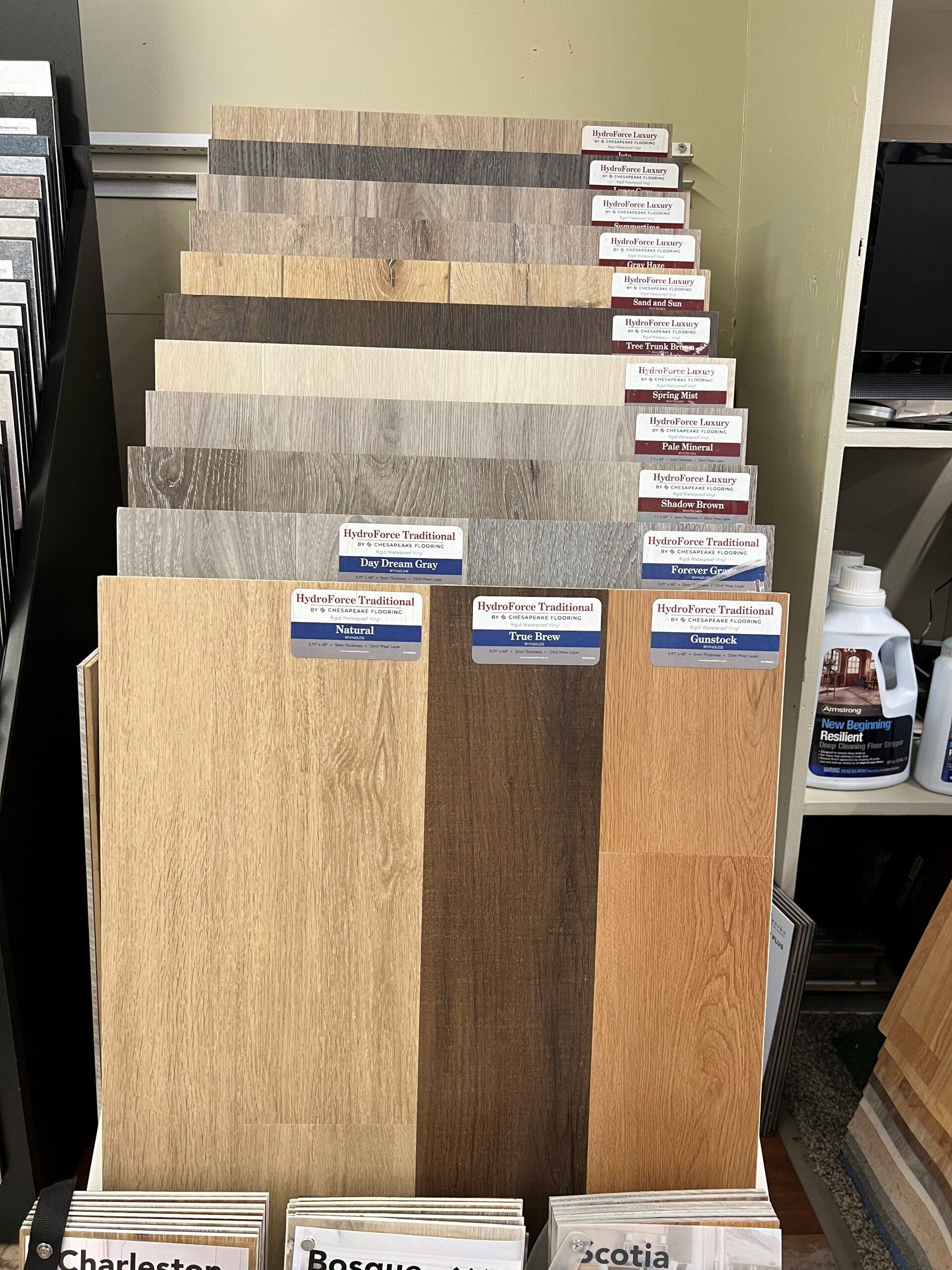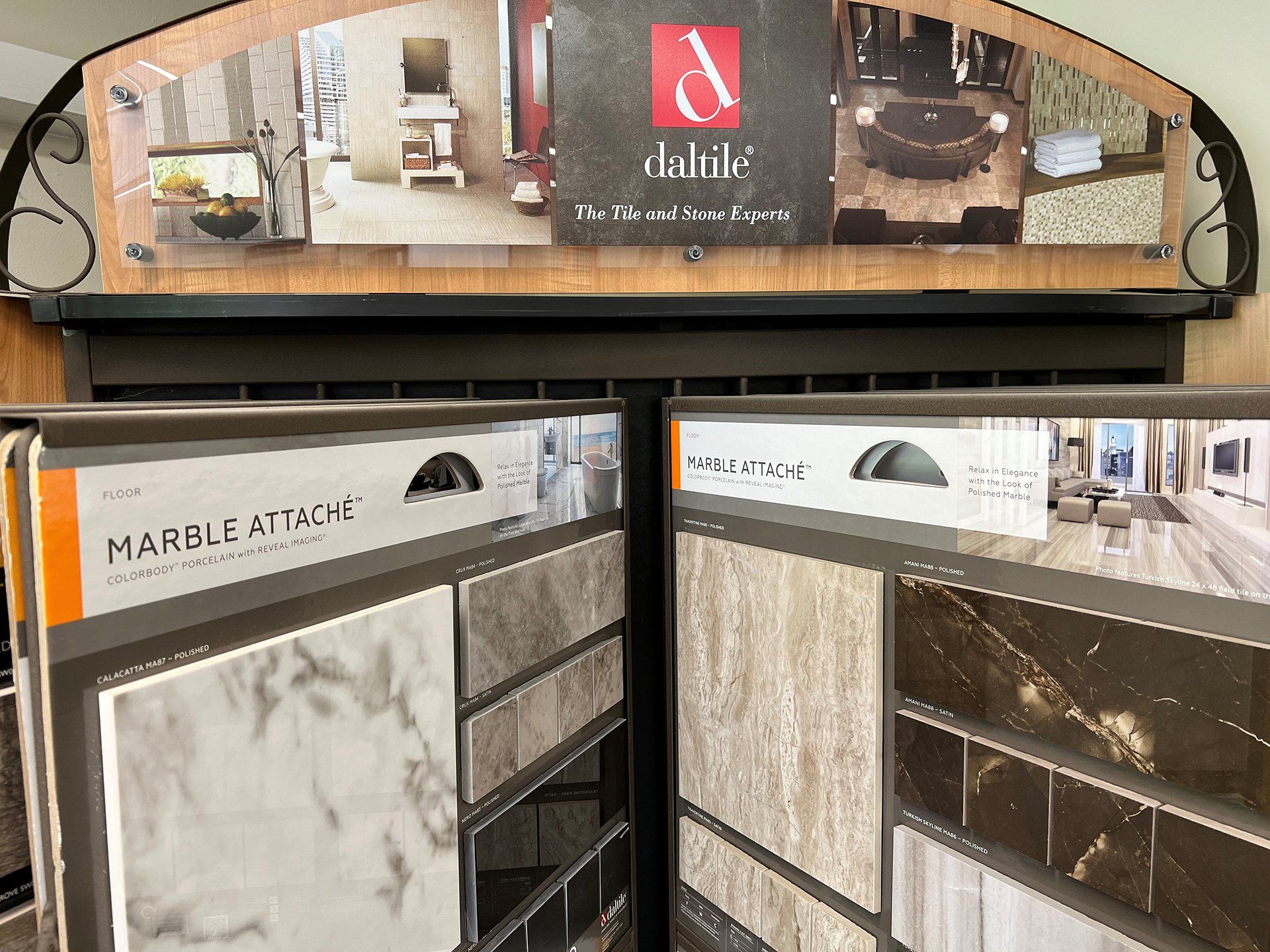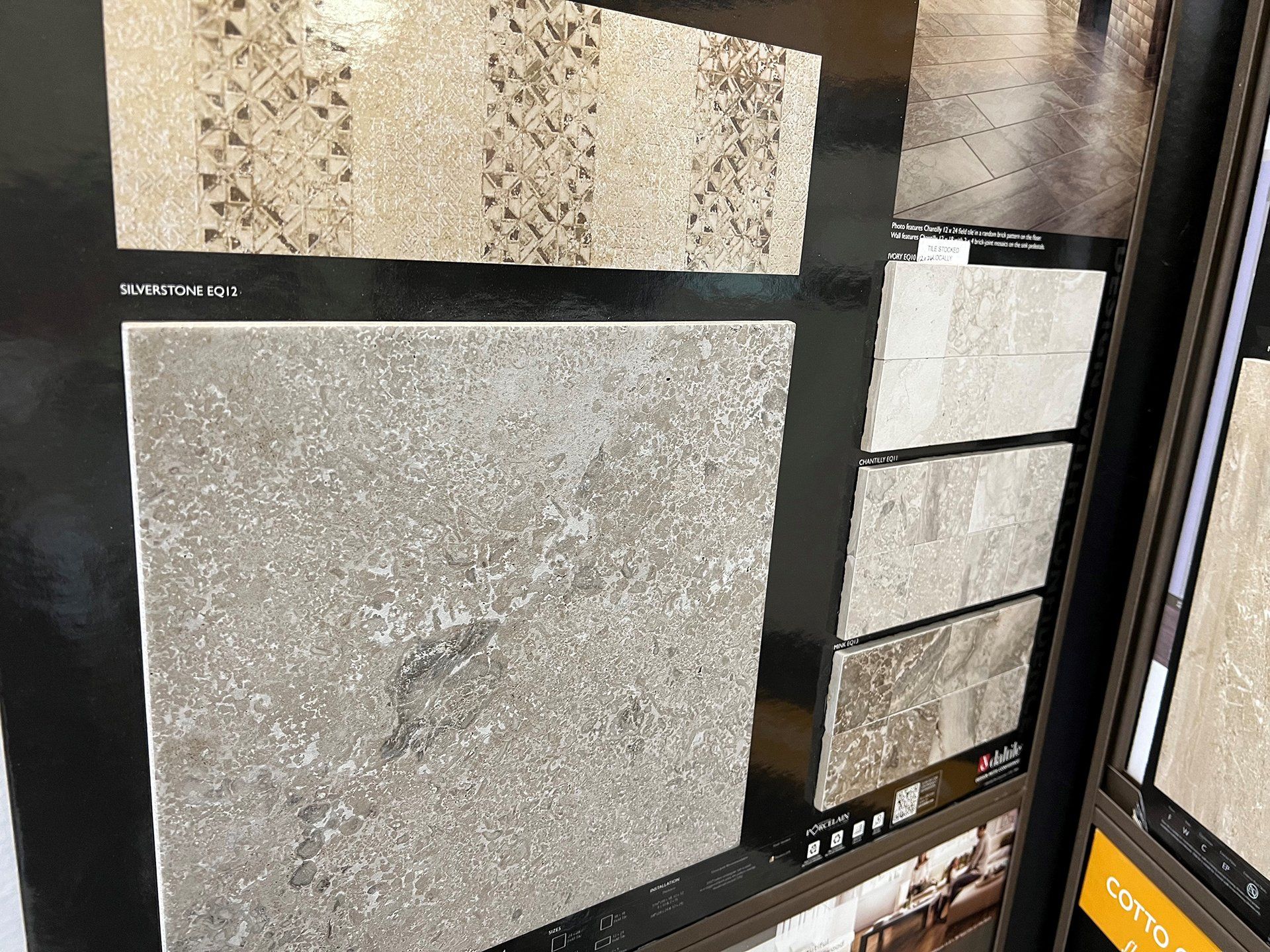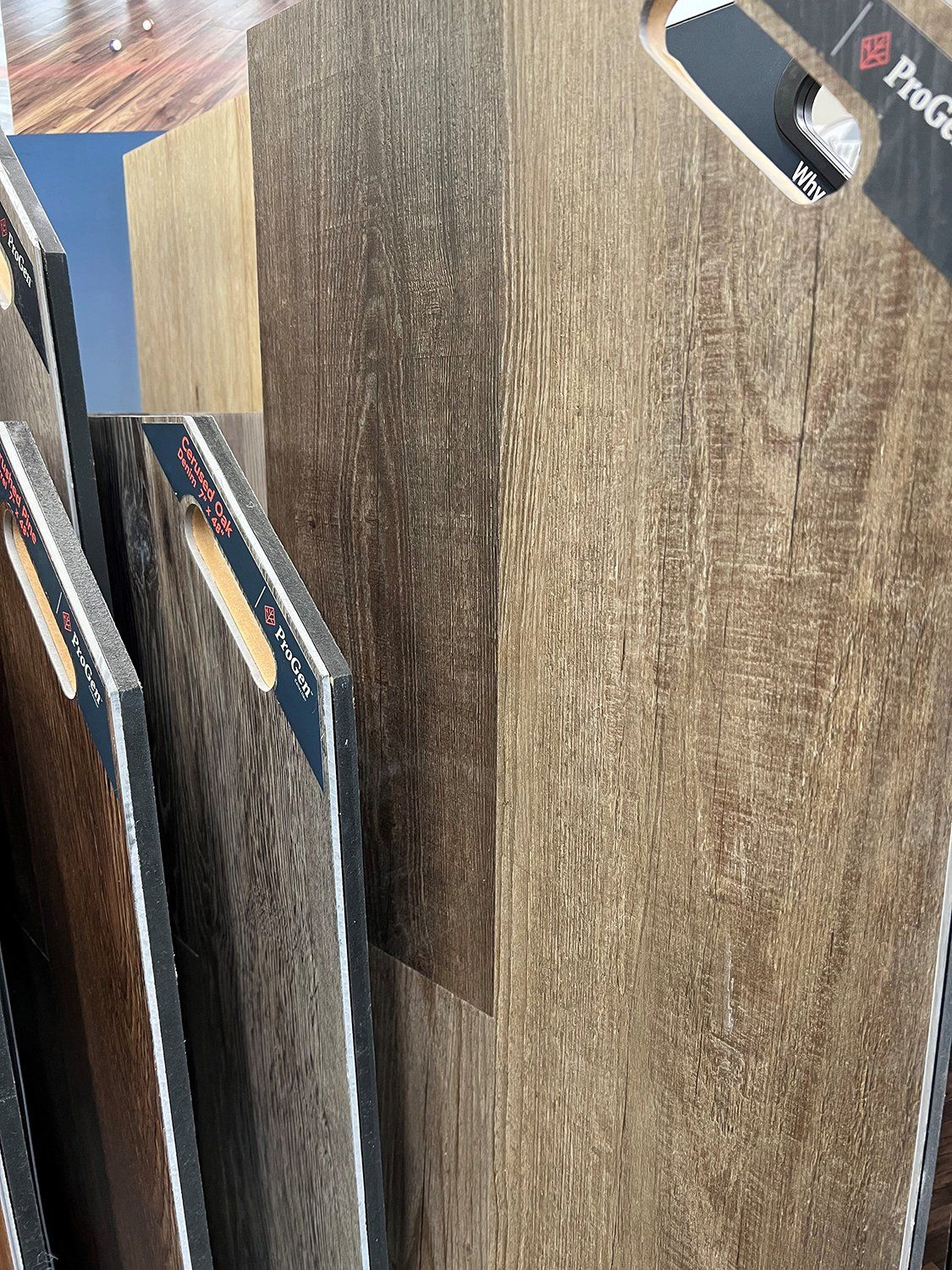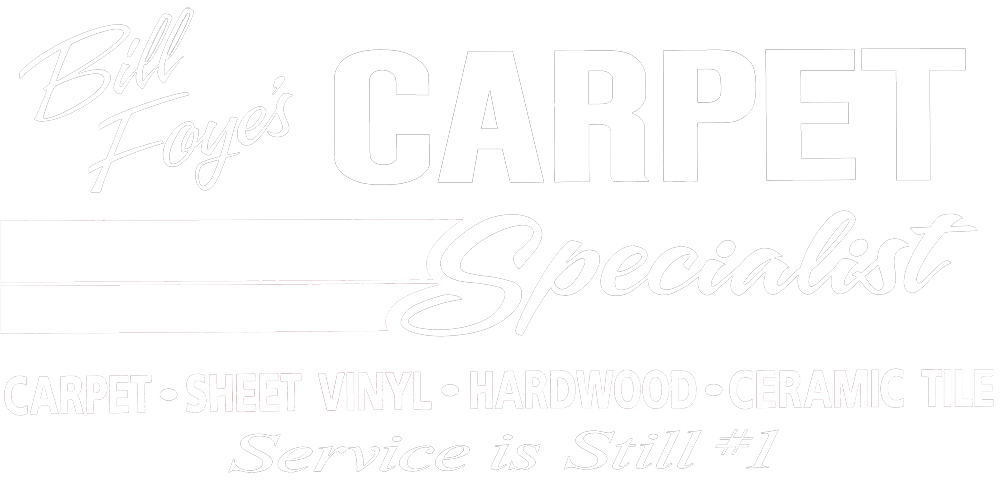Ceramic vs Porcelain Tile
Although both ceramic tile and porcelain tile are based on clay composition, the similarity ends there. Porcelain clay is denser and less porous than ceramic. Therefore porcelain tile is more durable and a better choice for heavy traffic areas.
If a ceramic tile should chip, you will see a different color under the top glaze, whereas with porcelain, the color remains the same even if a chip occurs, thereby making the chip almost invisible. However, ceramic tile is cheaper and easier to cut due to its softer composition, which makes it easier for DIY installations. Porcelain is more brittle and requires more experience to cut and install properly.
So, which one should you go with? It all depends upon your budget and the wear and use you expect the floor to endure. Porcelain is a better choice with its higher PEI (Porcelain-Enamel Institute) rating, as it’s better suited for higher traffic areas, but ceramic can be satisfactory in certain situations.
Give us a call to discuss your options for a beautiful tile floor!
What About Laminate?
Laminate offers a versatile flooring option that has continued to be improved upon since being introduced. Technology has created more realistic designs and textures with finishes and functions that work well in many settings. Constructed with a thin top layer of resin-infused paper, the image of the wood is actually created photographically. This surface layer is backed by a woodchip composite. The hard surface of laminate flooring is scratch- and stain-resistant. As an alternative to wood flooring, it is amazingly close in appearance to real wood and can be used in rooms with possible "damp" environments such as bathrooms, kitchens, and basements.
A "floating” floor installation is fast and easy with a ready-to-use new floor surface. The laminate panels are laid over foam underlayment sheets or the underlayment is sometimes self-contained as part of the construction. Moisture barriers are also used where indicated. The panels fit together in tongue and groove style and are not fastened to the sub-flooring. The "floating" floor is held in place by molding or baseboards, and can be fastened into place around the base of the room's walls. Striking in appearance, these floors look so much like wood that they are often assumed to be wood!
Most laminate flooring has a long warranty, some of them as much as 20 to 30 years, and it’s proven to be durable and easy to maintain.
Note: this type of flooring cannot be sanded or refinished like real wood products.
